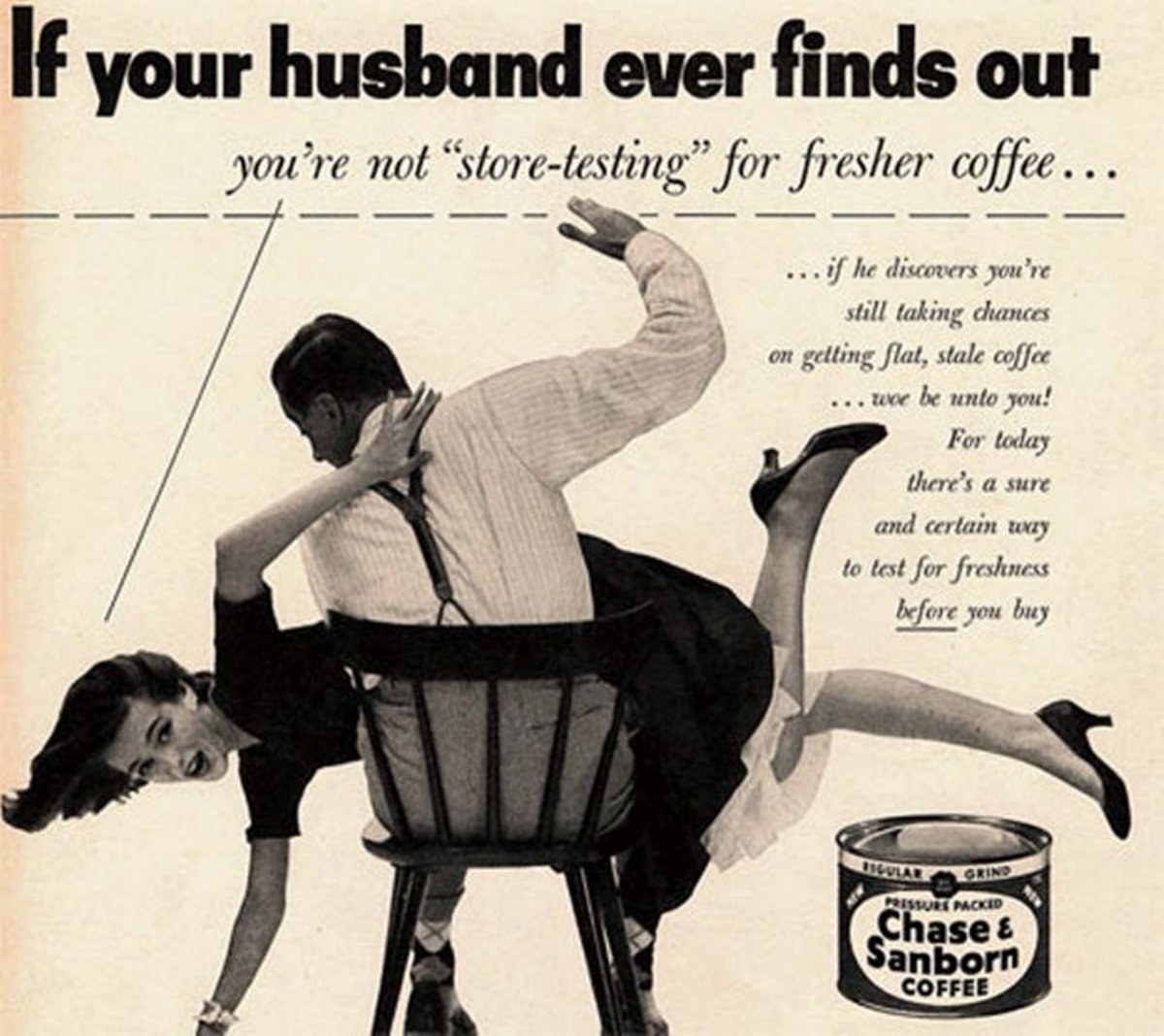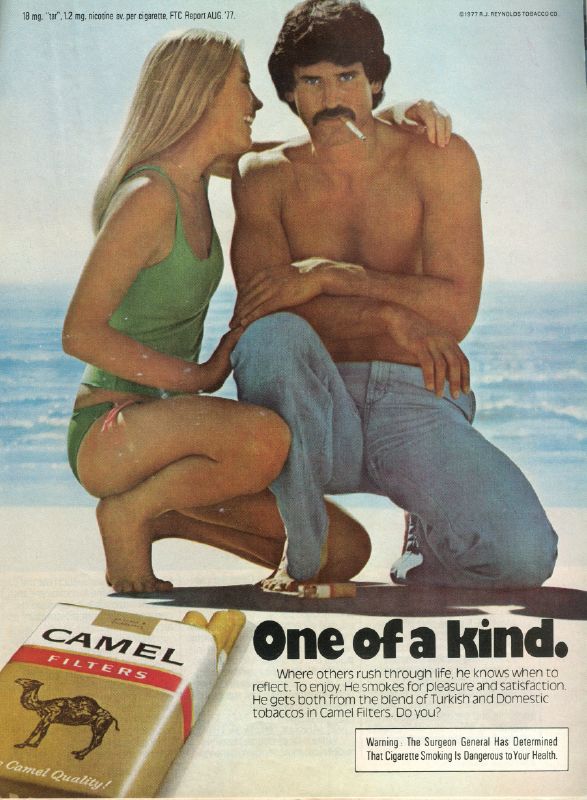
Okay, so I’ve been talking to a lot of people who are discouraged with writing and the industry right now. I get it: it’s not a great time for authors. So let’s make today’s #TenTweets about WHY WE KEEP GOING. Follow the hashtag to collect them all! #TenReasonsToKeepWriting
1. Because writing isn’t just about making money (though it’s nice when that happens). It’s also good for your mental health. And it’s cheaper than therapy. #TenReasonsToKeepWriting
2. Because writing impacts on your daily life and your interactions with others, making connections and building empathy. #tenReasonsToKeepWriting
3. Because it’s fun, and you deserve that. #tenReasonsToKeepWriting
4. Because only you can tell your stories. #tenReasonsToKeepWriting
5. Because every word you write is an act of courage. #TenReasonsToKeepWriting
6. Because writing connects us with others, crossing borders and continents; teaching us that we have far more in common matters more than what makes us different. #TenReasonsToKeepWriting
7. Because, whatever your profession, writing improves your articulacy and your communication skills. #TenReasonsToKeepWriting
8. Because writing helps us imagine a better world. #TenReasonsToKeepWriting
9. Because the right words can change the world. #TenReasonsToKeepWriting
10. Because if even one person is moved by your words, or is changed, or is taught, or is cheered, or is saved, then you did something miraculous. #TenReasonsToKeepWriting
• • •
Missing some Tweet in this thread? You can try to
force a refresh












